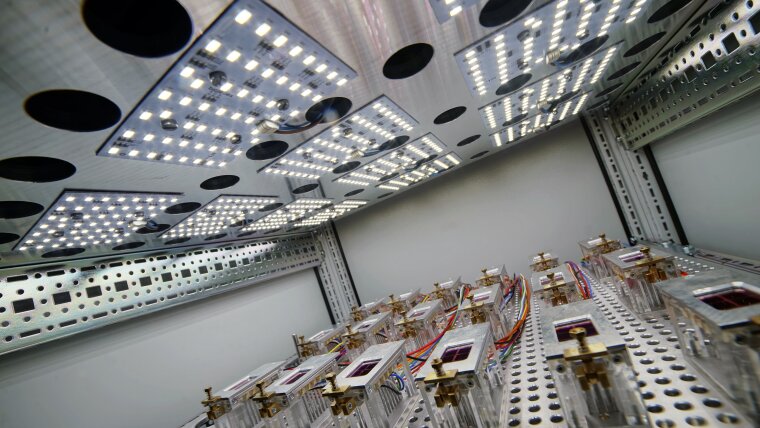
Harald Hoppe obtained a diploma degree in Physics at the University of Konstanz (Germany) in 2000. He conducted his first scientific studies in Polymer Physics at the Weizmann Institute of Science, Department of Materials and Interfaces (Rehovot, Israel) under the supervision of Prof. Jacob Klein and Prof. Günter Schatz (University of Konstanz). He completed his PhD in Physical Chemistry by revealing the nanoscale morphology present within polymer-fullerene bulk heterojunction solar cells and its implications on device properties in 2004 under the supervision of Prof. N. Serdar Sariciftci at the Johannes Kepler University of Linz at the Linz Institute for Organic Solar Cells (Linz, Austria). He returned to Germany in 2005, by starting a research group on Polymer Solar Cells at the Technische Universität Ilmenau and completed his habilitation (Technical Physics – Physical Chemistry). Harald Hoppe recently joined the “Center for Energy and Environmental Chemistry Jena” (CEEC Jena) under the chairman Prof. Dr. Ulrich S. Schubert at the Friedrich-Schiller-University Jena, thereby merging competences in organic photovoltaics and organic batteries, where he is currently leading a research group as a research associate.
During the last years he has conducted fundamental and applied research in the field of Organic Semiconductors and Photovoltaics. His expertise covers fundamental structure-property-relations with respect to solution processed organic semiconductors, upscaling of polymer solar cells to modules, modelling of solar cells and modules in device simulations as well as their investigation concerning degradation phenomena and their constructive stabilization for improved operational lifetimes. Another major focus is on the application of imaging-based advanced qualitative and quantitative characterization of photovoltaic devices, thus fostering efforts for commercialization of Organic Solar Cells. He has supervised ~15 undergraduate, and about 10 PhD-students. Harald Hoppe has published over 100 peer reviewed papers and more than 5 book chapters.